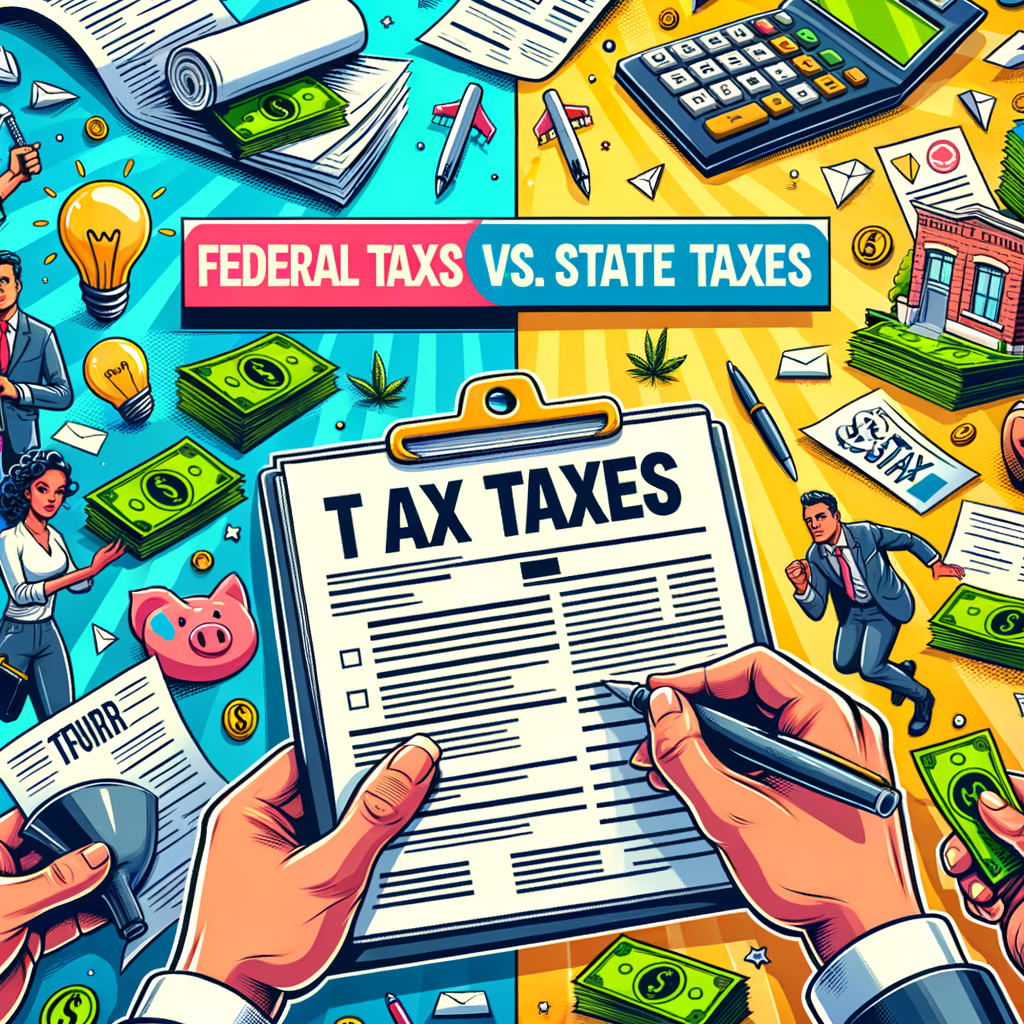Taxes are a critical aspect of running a business, and understanding the differences between federal and state taxes is essential for entrepreneurs. Federal and state taxes can significantly impact your business’s bottom line, so it’s crucial to grasp the distinctions between the two. In this comprehensive guide, we will delve into the essential aspects of Federal vs. State taxes to help entrepreneurs navigate the tax landscape effectively.
Federal Taxes: Understanding the Basics
Federal taxes are levied by the Internal Revenue Service (IRS) and are applicable to businesses operating nationwide. These taxes are imposed on income, payroll, and excise activities. Income tax is one of the primary federal taxes that businesses must pay on their profits. The tax rates vary based on the business structure, with corporations facing different rates than sole proprietorships or partnerships. Additionally, businesses are also responsible for payroll taxes, which fund social security, Medicare, and unemployment programs.
Navigating State Taxes: What Entrepreneurs Need to Know
State taxes, on the other hand, are imposed by individual state governments and can vary significantly from state to state. States may impose income taxes, sales taxes, property taxes, and various other levies on businesses. It’s crucial for entrepreneurs to understand the tax obligations in the states where they operate. For example, some states have no income tax, while others have high income tax rates that can impact your business profits.
Differences in Tax Rates and Deductions
One key distinction between federal and state taxes is the tax rates and deductions available. Federal tax rates are applied uniformly across the country, while state tax rates can vary widely. Some states offer tax deductions and credits that can lower your overall tax liability. Understanding the available deductions and credits can help entrepreneurs optimize their tax strategies and save money.
Compliance and Reporting Requirements
Compliance with federal and state tax laws is essential for all businesses. Federal tax returns are typically filed annually, with quarterly estimated tax payments required for certain businesses. State tax filing requirements can vary, with some states requiring annual filings and others mandating quarterly or monthly reporting. It’s crucial for entrepreneurs to stay abreast of these requirements to avoid penalties and fines.
Seeking Professional Guidance
Given the complexity of federal and state tax laws, many entrepreneurs choose to enlist the services of tax professionals. Tax advisors can help navigate the intricacies of tax planning, compliance, and reporting, ensuring that your business remains tax-efficient and compliant. Working with a qualified tax professional can save you time and money in the long run, allowing you to focus on growing your business.
Conclusion
In conclusion, understanding the differences between federal and state taxes is essential for entrepreneurs looking to optimize their tax strategies and minimize their tax liability. By grasping the basics of federal vs. state taxes, entrepreneurs can make informed decisions that benefit their business’s financial health. Whether you’re a small business owner or a seasoned entrepreneur, staying informed about tax laws and regulations is crucial for long-term success.







